Today we want to introduce an exciting webpage. We can imagine that some already know it, but surely it is new and an inspiration for others. We call it “the Strava” for Ultra Marathon Tracks. For all who think a segment is way too short.
What is that?
Fastest Known Time (FKT) is a collection of long routes to document where they are and who completed the route in the fastest known time on two feet. The FKTs are currently only offered to hikers and runners. In order for the route to be recorded and “accepted”, there are a few minimum requirements.
- At least 5 miles (8K) or 500 feet (152 hm) of ascent
- Time runs from the first step and on long adventures even if you pause
- Can be done on road or trail
- Running or hiking must be more than 50%
- You should have a certain attractiveness to make others want to achieve it as well.
Unlike Strava, these are long routes, not short segments. Nor should it be every park run or one individual training round. It could for example be Long-distance hiking trails or Day hikes that are available in many regions.
Who is this exciting for?
Actually for every runner and hiker. Because it doesn't have to be about running the fastest time, even if the name of the website says so, but as your own personal challenge on beautiful unknown paths. So it can be a source of inspiration if you are looking for a new challenge. Because hiking trails are not as well documented in every country as in Germany. For the ambitious, there is still a clock ticking if they want to go for it.
What variants are there?
There are three ways you can run an FKT:
Supported - You have a team or friend who will accompany you and wait for you at various points along the track and hand you water or food. Accompanying a section of the route on a bicycle or on foot is also considered as supported.
Unsupported - You have everything you need with you right from the start. This includes food, clothing, etc. The only exception is if you refill your water bottle from a natural source. For distances up to 50 KM this is easier to achieve. Above that, it's going to be more difficult as you'll have to plan better and carry more weight in your bag.
Self-Supported - You don't have a team, but use a shopping facility, for example, to replenish the food and drinks. That reduces the weight in the bag but also means time is lost when shopping. Therefore, it is often slower on short tracks but for very long distances there is no disadvantage anymore.
My experience
I find it an exciting alternative to endurance runs and have already tried 3 FKTs. Especially in the time of Corona it was a goal worth training for. It's very different from a run or competition, because you only compete against yourself and the clock, but don't have any direct fellow runners. There's nothing to gain, either, other than being proud that you accomplished the track.
If you only do it for yourself without paying attention to the time, you can possibly use it as a long training run, if this is on your calendar anyways, to get some extra motivation. Or to train your mental strength, it's an exciting experiment because you're only concentrating on yourself.
In my research I found nothing comparable for cycling. Do you have any recommendations for me?
https://fastestknowntime.com/athlete/christian-lins

